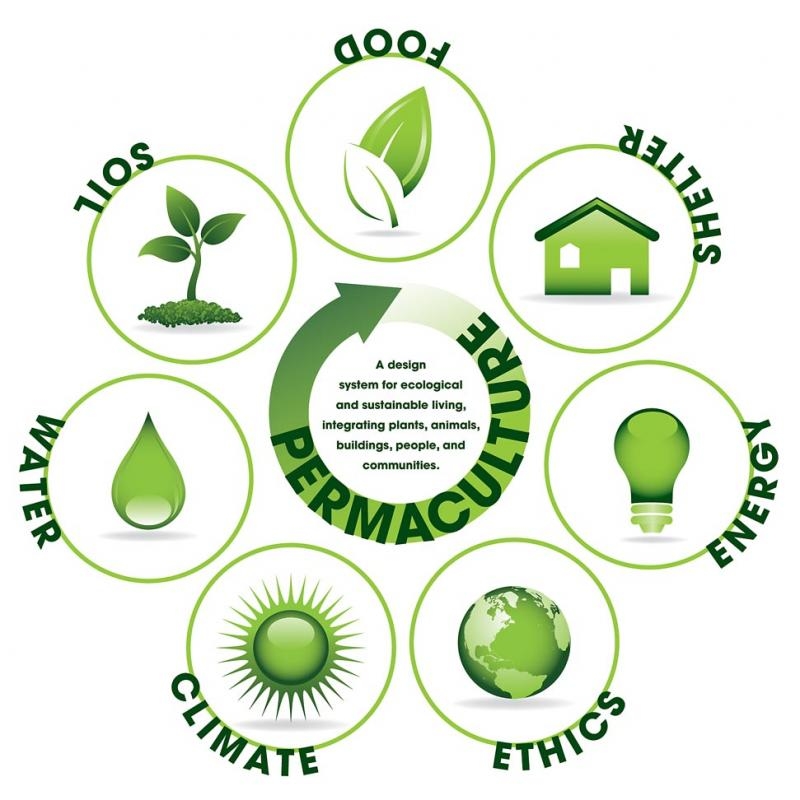Agriculture is a term that derives from the latin agri ‘field’, and cultūra ‘cultivation’ or ‘growing’. It is defined as the cultivation of animals, plants, fungi, and other life forms for food, fiber, biofuel, medicinal and other products used to sustain and enhance human life. The first agricultural practices date from at least ten thousand years ago in the regions of actual Iran and the development of agriculture has been driven and defined by greatly different climates, cultures, and technologies in history. Therefore, since ancient times, the human race has modified nature to get a product useful for its subsistence and in some way it could be said that farming has never been natural but man-made and artificial.
However, with developments introduced during the industrial period of the 20th century, especially with the tractor, the tasks of seeding, harvesting and threshing could be done in a much faster way. According to the USA International Engineering Academy, in the beginnings of the 20th century, a farmer was needed to feed between 2 and 5 people while nowadays a farmer feeds around 130 people. This radical change in history of agriculture has caused widespread ecological damage and negative human health effects. Everyone seems to be familiar with the polemical topics of GMOs, use of antibiotics in animal farming or loss of biodiversity.
For these reasons, many movements against the established agricultural—the so-called conventional one—have appear. These movements propose extensive farming as opposed to intensive farming and decentralized production to centralized production. In one of the lectures of the course we saw the inspiring TED talk by Dan Barber called ‘How I fell in love with a fish’ in which the farm and natural park of ‘Veta la Palma’ was presented. In that place, apart from producing an excellent fish and cattle, they truly made an effort to have a positive impact to the wildlife of the place and they had created cycles that contributed to the health and biodiversity of the animal species of Andalucía, Spain.
Another example of such current is the biodynamic agriculture, which also aims to improve the interaction between farm and environment by closed loops. This type of agriculture stands on strong principles created by Rudolf Steiner, who based his work on traditional knowledge from old cultures.
These trends, together with others like ‘Organic farming’ or ‘Permaculture’, have the peculiarity of combining traditional methods of farming that are more respectful with the biosphere with new technology and developments. Apart from having a better impact on the environment, they also contribute to bring more social justice of the people involved in the sector as the production and the trade is usually made in a local scale. And the most important thing: food is more tasty and healthy!
